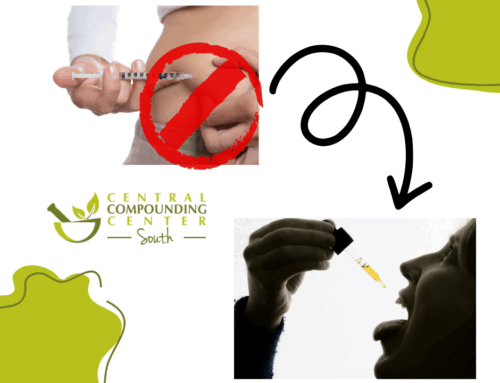Naltrexone belongs to a class of drugs known as opioid antagonists. Naltrexone blocks opiate drugs from binding to the opioid receptors, which can result in increased endorphin and enkephalin release. Therefore, this results in reduced: 1. signaling and release of inflammatory substances, 2. nerve cell inflammation and 3. autoimmune mediators.
LDN and Chronic Pain
Naltrexone received FDA approval for treating opioid addiction since 1984. While typical dose for treating opioid addiction with naltrexone is between 50 mg to 150 mg, the use of low dose naltrexone (LDN) with doses ranging from 1 mg to 6 mg per day has been growing in popularity. The most common use of LDN has been treating autoimmune disorders; consequently, there have been clinical trials investigating the effectiveness of LDN for clinical conditions such as multiple sclerosis, systemic sclerosis, and Crohn’s disease.
It has been proposed that LDN halts inflammatory cascades via glial cell inactivation. In addition, the role of microgram dosing of naltrexone has shown promise as a means to increase analgesia and decrease tolerance to opioid medications. This review evaluates the existing evidence for using LDN for treating pain and its microgram dosing in the potentiation of opioid medication while reducing side effects.
Whether pain is from fibromyalgia, rheumatoid arthritis, osteoarthritis or CRPS LDN should be weighed as a therapeutic option.
Ask our pharmacists!
Key words: LDN, naltrexone, Durham
References:

